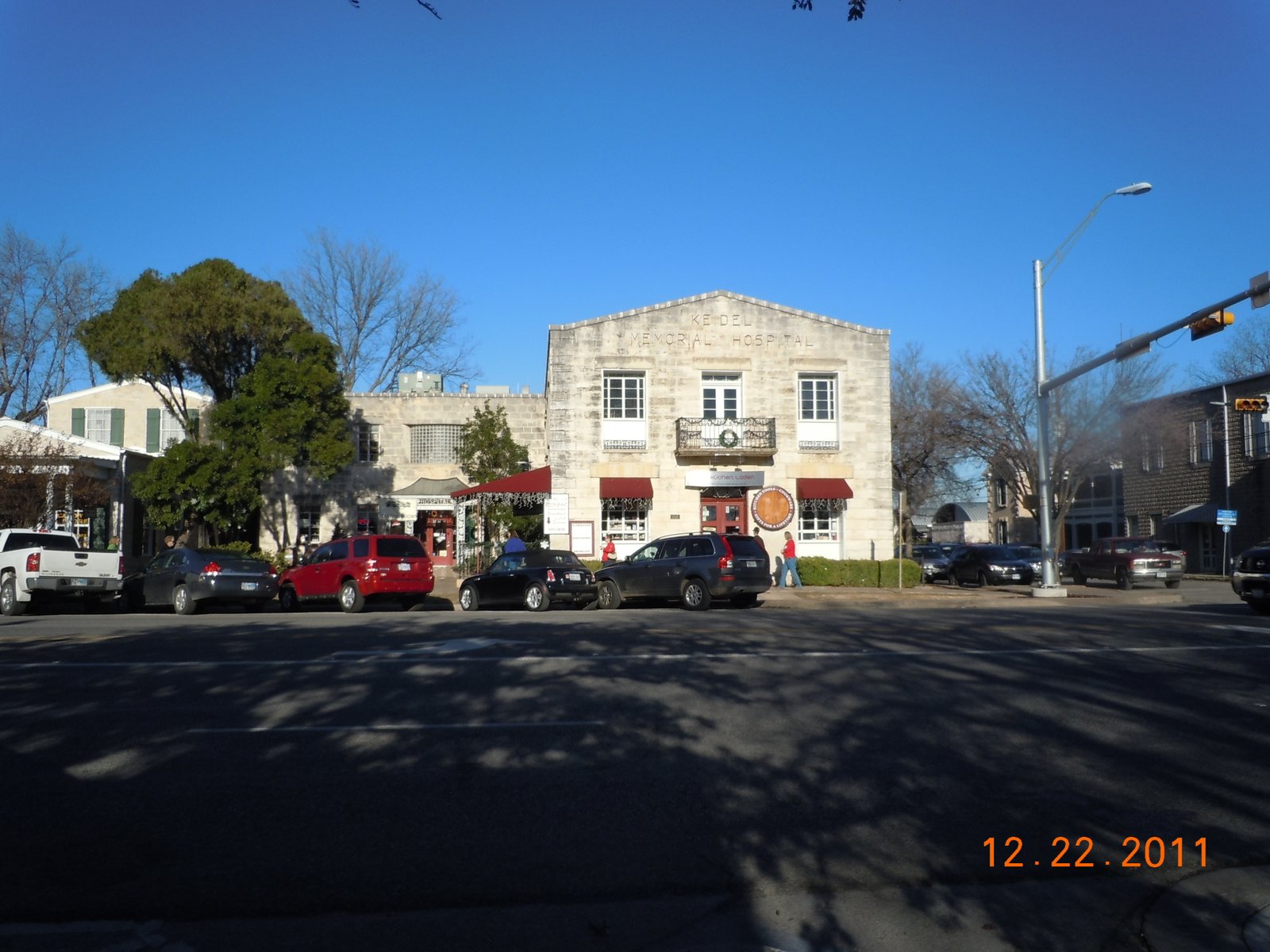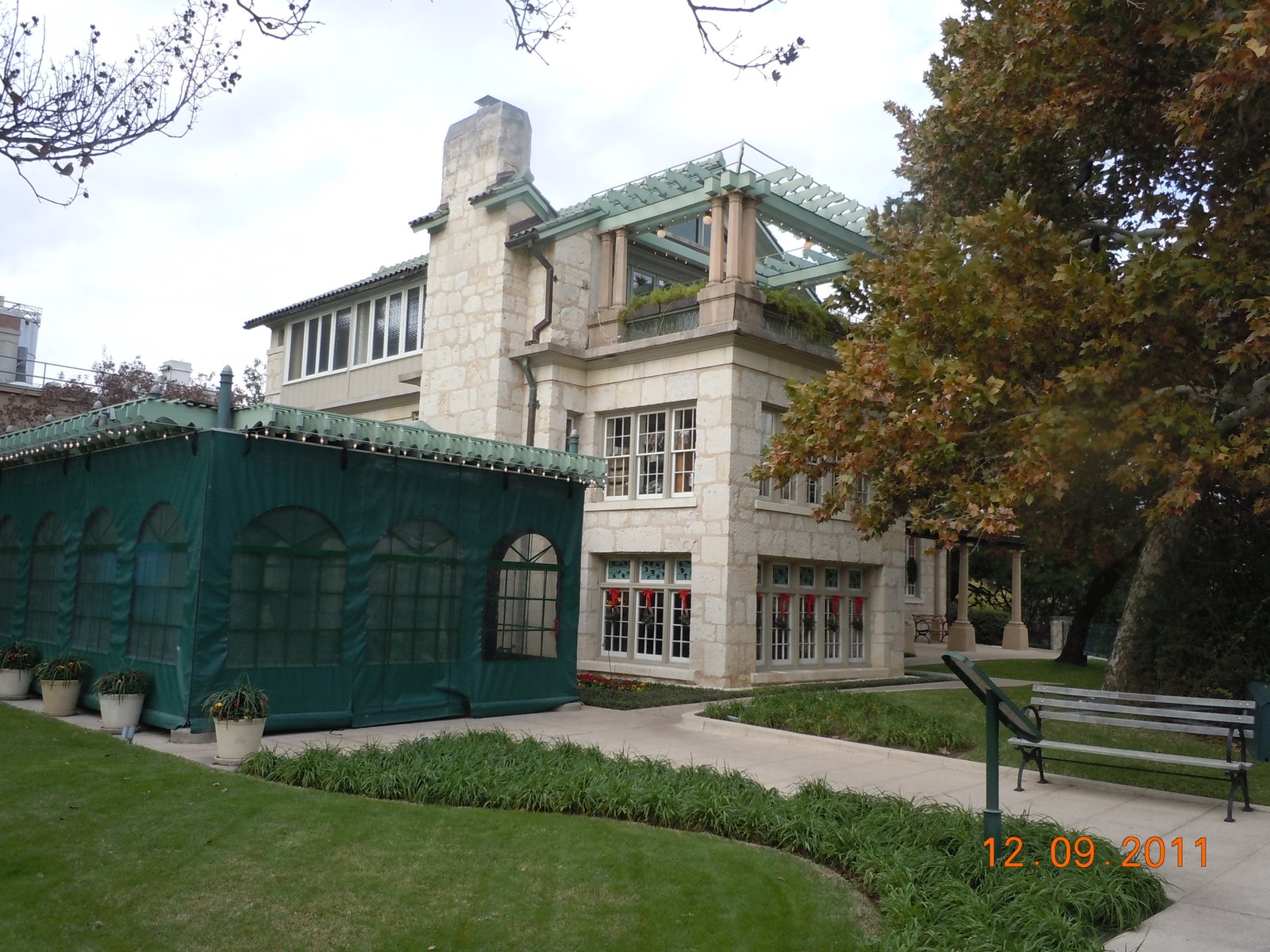The way in which the state of Texas was first settled is one of the more interesting stories of American westward expansion. It’s also a perfect example of how hard working people with a dream can start a new life.
The Spaniards coming north from New Spain (present day Mexico) were the first Europeans to set foot in present day Texas. Then, in the 1820’s after the Mexican revolt and the Spaniards were driven out of North America, the new Mexican government took control over this vast region.
 I think one of the most interesting stories in the evolution of Texas involves the massive Texas German immigration mostly into what is now south Texas. It is amazing how so many people traveled such a far distance from their native country to begin a new life in a land filled with dangers which included the hostile Comanche Indians. The bravery and determination of these early Texas German settlers seemed to have no bounds. When you pass through the Texas Hill Country or travel there while on a Texas vacation, you will no doubt drive through several interesting towns with German names. These include the town with the largest percentage German immigration percentage, Fredericksburg ( top photo is the old hospital building in Fredericksburg and second image is frontier home in fredericksburg) and also towns such as Gruene, New Braunfels, Luckenbach, Boerne and others. The towns mentioned are located in an area west of a line from Austin south to San Antonio. This is the general area of the Texas Hill Country. The towns stand as a living symbol of the large German migration to the area in an era where land was readily available for people searching for a new start.
I think one of the most interesting stories in the evolution of Texas involves the massive Texas German immigration mostly into what is now south Texas. It is amazing how so many people traveled such a far distance from their native country to begin a new life in a land filled with dangers which included the hostile Comanche Indians. The bravery and determination of these early Texas German settlers seemed to have no bounds. When you pass through the Texas Hill Country or travel there while on a Texas vacation, you will no doubt drive through several interesting towns with German names. These include the town with the largest percentage German immigration percentage, Fredericksburg ( top photo is the old hospital building in Fredericksburg and second image is frontier home in fredericksburg) and also towns such as Gruene, New Braunfels, Luckenbach, Boerne and others. The towns mentioned are located in an area west of a line from Austin south to San Antonio. This is the general area of the Texas Hill Country. The towns stand as a living symbol of the large German migration to the area in an era where land was readily available for people searching for a new start.
 The question that begs to be asked is, why were these risks taken in the first place? What was the motivation to leave Europe and travel thousands of miles over perilous seas?
The question that begs to be asked is, why were these risks taken in the first place? What was the motivation to leave Europe and travel thousands of miles over perilous seas?
As early as 1850, Texas German settlers made up more than 5 percent of the total Texas population. These migrations like similar mass migrations usually have two components. The first is that European migration often had to do with people seeking solutions to problems such as lack of religious freedom, economic stagnation and the unavailability of adequate land. In Europe, land was not an easy thing to attain and often to get ahead and support a family, land was the key. The German migration to Texas was a voluntary migration and voluntary migrations usually were begun by a dominant personality. This individual would be a natural leader who could convince others that migration to another land was the solution to their difficulties. Essentially, he used his personality to convince others to follow him in migration.It was even more effective if the leader was already abroad and could tell others of his experience.
In the case of the Texas Germans, the dominant personality who led the way to Texas was a man named Friedrich Diercks. In Texas, Diercks went under the alias of Johann Friedrich Ernst. Ernst worked in the Germany’s Grand Duchy of Oldenburg as a professional gardener. When he first migrated to North America he had his sights on Missouri but after arriving he heard about land grants being given out to Europeans in Stephen F. Austin’s Texas colony. Often, to populate a frontier area, and especially one the size of Texas, land grants were the way. In fact, both the Spaniards and the Mexicans offered land grants to white settlers. The Spanish, like those after them, had difficulty with the Comanches of Texas and they believed that a larger European population was the key to placing a buffer between them and the Indians. Ernst fared very well with the Texas land grants. He ended up receiving more than 4,000 acres of land in what is today the northwest portion area of Austin County.
The catalyst that set off the Texas German migration to this sparsely settled region were the many letters that Ernst sent back to friends in Germany. His description was of a land with a relatively mild climate, available acreage as far as the eye could see, hardly any taxes to pay, which was a big burden for many people living in Europe at that time, hunting and fishing without needing licenses, etc. What wasn’t included in these letters however were a few of the negatives, Comanche raids being one. As a result of these steady stream of letters arriving in Germany, people started migrating to this new land called Texas. It should also be noted that part of the allure of Texas at that time was that the area was a separate republic. It had won it’s freedom from Mexican rule.
 German noblemen began publicizing the hoped for migration to Texas. The noblemen had the idea of establishing their own Texas German colony comprised of German peasants. Most of the German immigrant clusters came from west central Germany, particularly Nassau, southern Hanover, Brunswick, Hesse, and western Thuringia. The noblemen figured that with Texas being a new republic they might be able to gain some control over the lesser classes of future Texas Germans. This never really materialized but what did occur was the migration of Germans with a diverse background and skill sets. The Germans in Texas who immigrated there because of Friedrich Ernst and a few other leaders generally were solid middle-class peasants. They were land-owning families, artisans, and, in a few cases, university-educated professional people and intellectuals.
German noblemen began publicizing the hoped for migration to Texas. The noblemen had the idea of establishing their own Texas German colony comprised of German peasants. Most of the German immigrant clusters came from west central Germany, particularly Nassau, southern Hanover, Brunswick, Hesse, and western Thuringia. The noblemen figured that with Texas being a new republic they might be able to gain some control over the lesser classes of future Texas Germans. This never really materialized but what did occur was the migration of Germans with a diverse background and skill sets. The Germans in Texas who immigrated there because of Friedrich Ernst and a few other leaders generally were solid middle-class peasants. They were land-owning families, artisans, and, in a few cases, university-educated professional people and intellectuals.
 As a side note, the photo above is the stately Guenther House, a San Antonio Texas historic landmark and former home of Carl Guenther the founder of Pioneer Flour during the 1850’s. The photo above is of Gruene Hall in Gruene Texas, long a Texas historic landmark and gathering place for musical entertainment. Gruene Hall is the oldest continuously operating dance hall in Texas.
As a side note, the photo above is the stately Guenther House, a San Antonio Texas historic landmark and former home of Carl Guenther the founder of Pioneer Flour during the 1850’s. The photo above is of Gruene Hall in Gruene Texas, long a Texas historic landmark and gathering place for musical entertainment. Gruene Hall is the oldest continuously operating dance hall in Texas.
The majority of these Texas Germans were farmers with a modest experience in trade. These German people were ambitious farmers and artisans who believed their futures were limited by the social and economic system at home. They were not poor and oppressed people. These people had the means to gather together enough cash needed to migrate overseas. In many ways however, the German immigrants were like many other immigrant groups. The Germans who settled Texas included peasant farmers and intellectuals; Protestants, Catholics, Jews, and atheists; Prussians, Saxons, Hessians, and Alsatians; abolitionists, slave owners and farmers. They were honest people and there were criminals. They essentially were a transplanted diverse section of their society. Many people in the Hill Country were speaking German in Texas at that particular time.
The story of the settling of Texas is not complete unless the story of German immigration is included. Today, the Texas tourist traveling through the beautiful Hill Country can learn much about the history of the Texas German migration and enjoy the many authentic German restaurants spread throughout the region.
